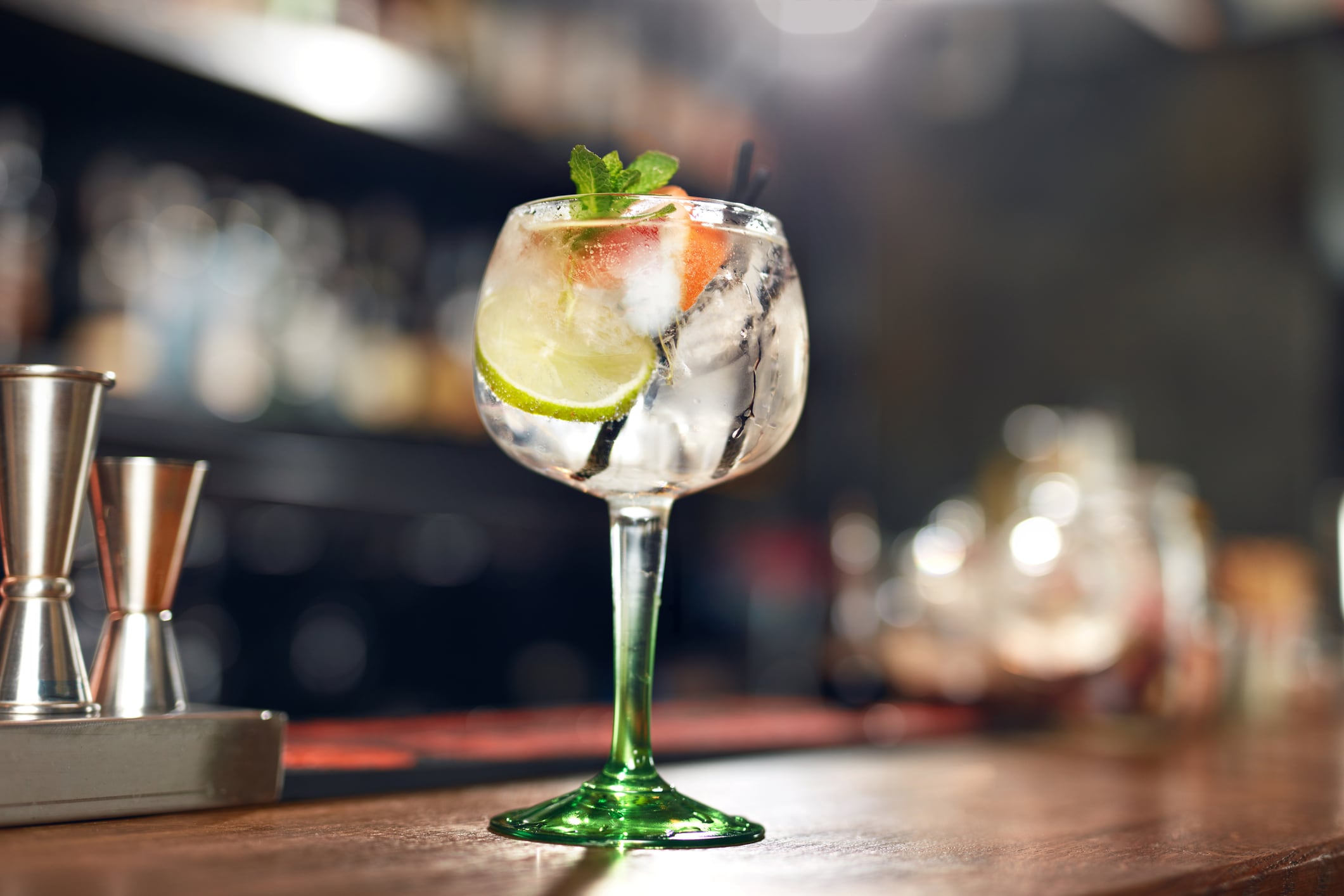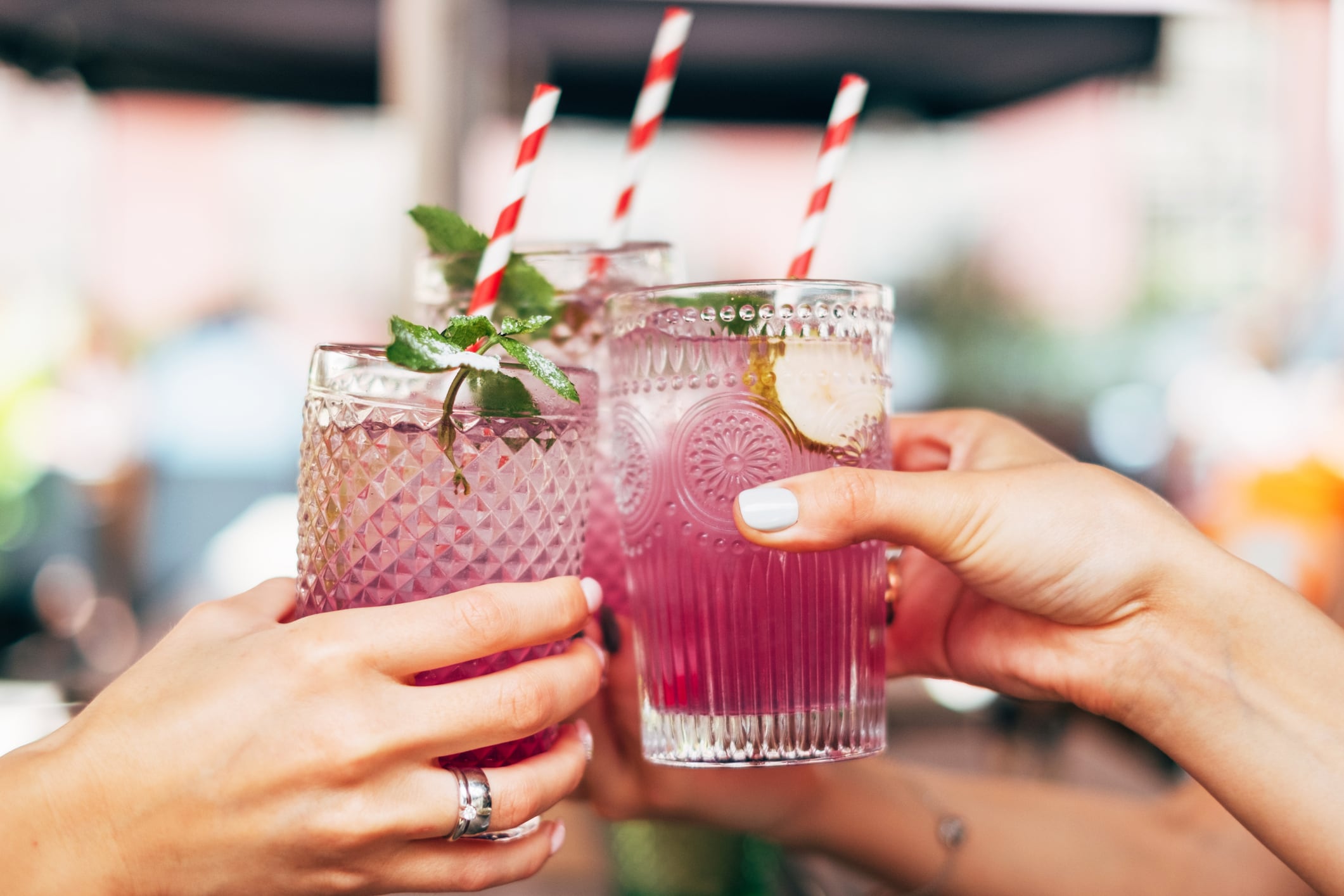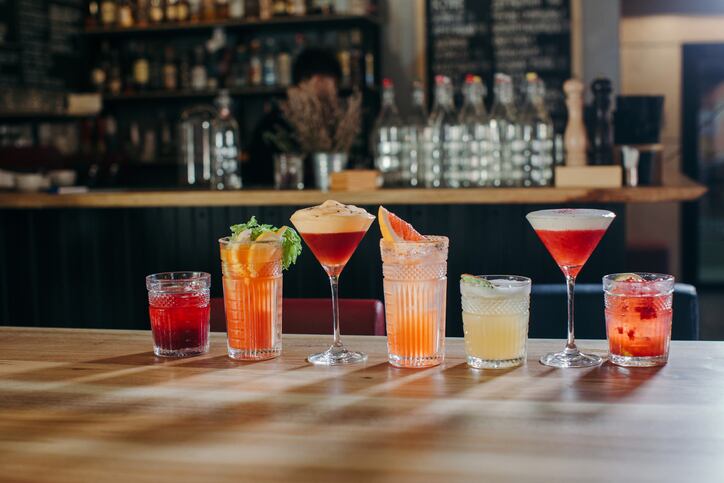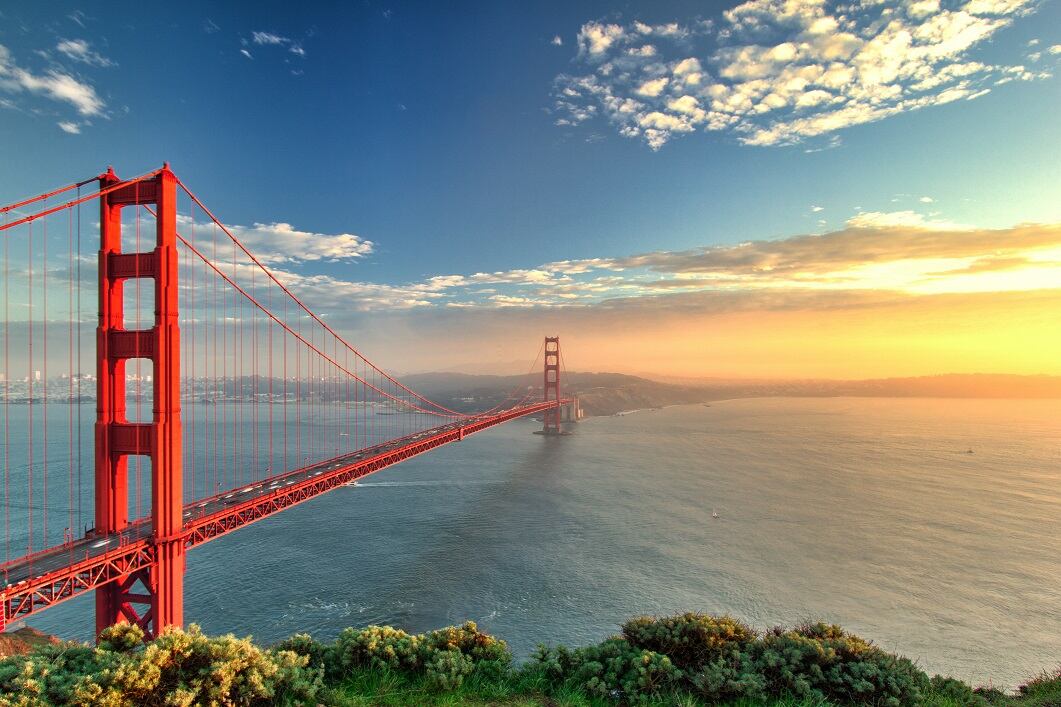Premiumization is key if brands are to stand up against other non-alcoholic drinks: promising a new experience and the perception of luxury, says Tom Harvey, co-founder of UK and US alcohol marketing company YesMore.
And while highlighting the benefits of drinking less is an excellent place to start when competing against alcoholic brands, good branding in the category will go far beyond this, he says.
Think of your product not as a substitute, but an upgrade
In the past, low and no alcohol drinks were often seen as an inferior substitute to the ‘real thing’.
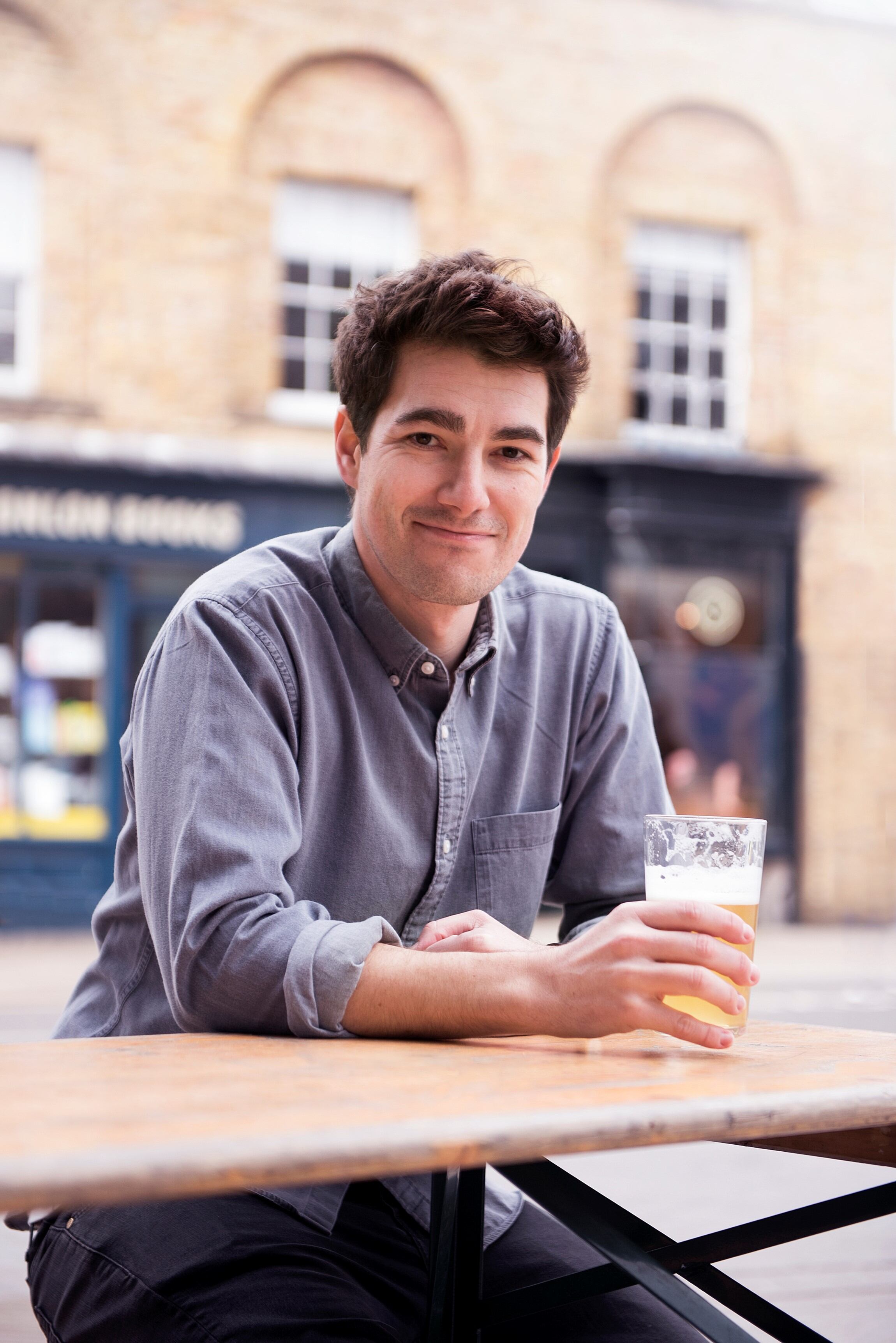
Perceptions are changing, however: and the message is now about making a deliberate and positive choice – consumers may choose a non-alcoholic beer at lunch so that they can still work or drive in the afternoon, for example.
Furthermore, it’s being increasingly seen as ‘socially acceptable’ and even normal for a lot of younger drinkers.
“The stigma of alcoholic drinks being the 'real thing' is absolutely starting to fade, most notably in the bigger metropolitan cities, and among the younger generations,” said Harvey.
“This may well have been influenced by the rise of a more mindful and health/image-focussed audience who present themselves to the world via their social media presences.”
But it’s not enough to expect consumers to choose a product simply on its ABV content.
No and low alcohol brands still need to make their brand attractive to consumers; and as the category grows, standing out on shelf will become all the more important.
Premium positioning is key
“There needs to be a perceived luxury to a low/no brand for consumers," says Harvey. "Many people are happy to drink water, juices or sodas when not drinking - especially the younger generation.
“So a low or no brand really needs to sell an experience and give a reason as to why someone should ‘upgrade’ their drink of choice when not consuming alcohol.”
Being a premium brand means negotiating some tricky territory, however, as pioneering brand Seedlip has already found.
“I think a large challenge for Seedlip - and one that will certainly apply to other low or no brands - was to teach its audience that they'd be buying a quality product," says Harvey. "You can see this challenge when people comment: ‘£25 is a rip off for a soft drink!’.
“People are willing to pay a premium for other premium lifestyle products – take for example £2 for some small ‘protein balls’ made of nuts and fruit or $10 for a kale salad.
“This needs to translate into the low and no alcohol market – and I don’t think we’re quite there yet.”
New products, new experiences – and new consumers
One of the key attributes of a premium product is its quality: and in the case of drinks the quality of ingredients and how a product is made really does make a difference, says Harvey, quoting the success of premium mixer Fever-Tree. The taste, therefore, of products is vital.
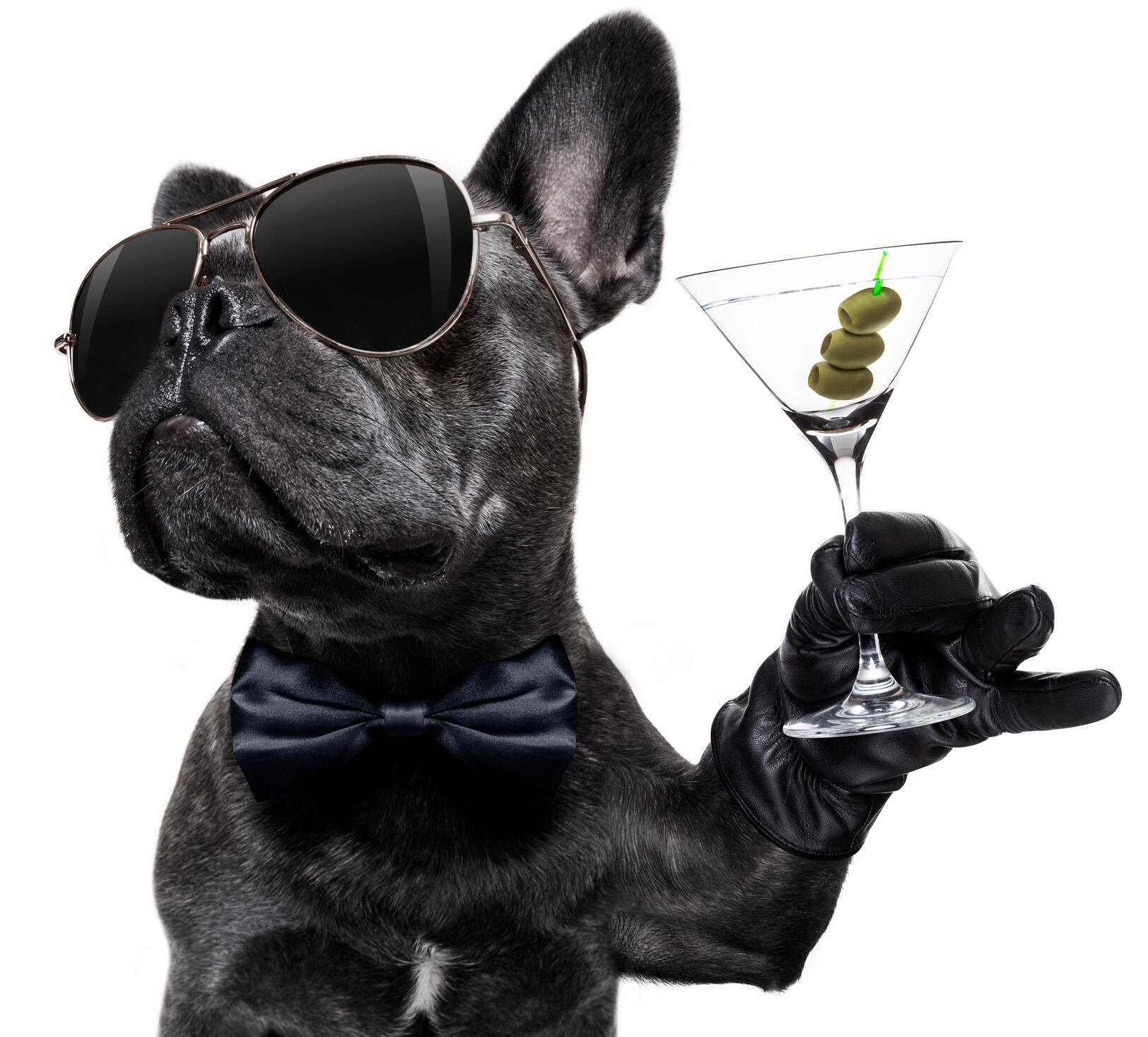
But the low and no alcohol category also has to overcome pre-conceptions: the first challenge may be to get consumers to even consider tasting a product.
It’s the branding that must convince them to give it a try.
“People need to feel that there's an element of something "beyond a soft drink" here and this will definitely be conveyed through the branding,” said Harvey.
“The taste is equally important but to get people to taste - the brand needs to convince people to upgrade from a regular soft drink.”
Furthermore, good branding can draw in consumers from across the wider drinks category.
Consumers are always on the look out for new products and new experiences – and this is something the no and low alcohol category can capitalize on.
“I would disagree that anyone arriving at a low or no brand is just there for the low alcohol attributes,” said Harvey. “New tastes, a new story and a new experience is what will bring people to buy - in the same way that someone chooses, say, Pepsi Cola over Coca-Cola and vice-versa.
“As the category grows I'll be interested to see what messaging attracts people the most.”
The best brand? It’s all to play for
The low and no ABV category is still young. As a result, no and low alcohol brands have not yet built a strong and dedicated following that even compares to the brand recognition of major alcohol brands.
“The category still so young - I can name roughly 10-12 alcohol-free brands off the top of my head, but if you ask someone outside of the industry I'd bet the best they can mention is Seedlip or Heineken 0.0,” says Harvey. “In the US, Seedlip is really the only relatively well-known brand.
“It's hard to become brand loyal to something until you feel you've tried, tested and ruled out the other options. Much of the audience drinking alcohol-free spirits, beers and wines are still very much in the discovery and exploratory phase and they may well feel the jury is still out.”
Building up a brand in the low and no alcohol category therefore brings both challenges and opportunities: the challenge is to draw in and maintain a strong consumer following; but the opportunity remains to become one of the brands which really owns the category.
'At this point there's not much brand ownership in the no and low category'
In the US, social media conversations around low/no alcohol drinking has grown 80%, according to consumer analytics company Social Standards.
But these conversations are generally around the low/no alcohol lifestyle: rather than specific brands.
"There's a ton of white space opportunity here, but no clear winners yet," says Devon Bergman, CEO and co-founder of Social Standards.
"Brands should consider aligning themselves with moderation - an easier win than telling consumers to abandon alcohol entirely. And positioning your product as a way to still go out while avoiding ugly after-effects like hangovers can help your brand integrate into consumers' current lifestyles and routines."
Educating (different) consumers
With the low and no alcohol category, there’s a lot more consumer education to do than other categories.
A alcohol-free brand, for example, needs to consider two different consumer groups: those that already are open to not drinking alcohol; and those who don’t yet even think about alcohol-free options.
“With audiences that are already open to the idea of not drinking alcohol, brands need to differentiate themselves from each other and champion their niche and the values they stand for," says Harvey.
“For audiences who may not yet even know of or consider alcohol-free options, or who even feel a stigma about not drinking alcohol, there's an education and inspiration job to be done. For this, alcohol-free brands need to demonstrate the attractiveness and positivity of alcohol free options.
“Much like all conversations around a brand, you need to know at what part of the journey the audience members are joining you; always being cognizant of educating the new and inspiring the converted.”
While this will take some hard graft to start with, it’s also a ‘magic time’ to be educating, on-boarding and building loyalty as a pioneer brand, says Harvey.
‘Brands can’t all tout being healthy or organic as a standout message’
Engaging with consumers is all about aligning with your audience and evoking a reaction or emotion, says Harvey.
“It's largely about what you stand for as a brand and how that can inspire audiences to live vicariously through the purchases they make.
"While Lucky Saint 0.5% Lager plays off the tongue-in-cheek visuals around the guilt-free innocence of alcohol-free beer, Seedlip offers the sophisticated flavoursome drink for when you're ‘'not drinking'. Caleño Spirits owns the fun and energetic vibe of South America.”
Consumers want low and no alcohol products for a variety of reasons which go far beyond driving or being unable to drink alcohol: so thinking about these reasons and tapping into these drivers is a good place to start. But again, the message is not to rely solely on this.
“Really growing loyalty will be the same as for any other brand - what feeling can we evoke in our consumers that they can't get from our competitors?
“This will be where it starts to become important that each brand finds its own angle in talking to the consumer. They won't all be able to tout being healthy or organic as a standout message for long without sounding the same.”
Pictures top to bottom: Getty/punhhha; getty/damedeeso; YesMore.

